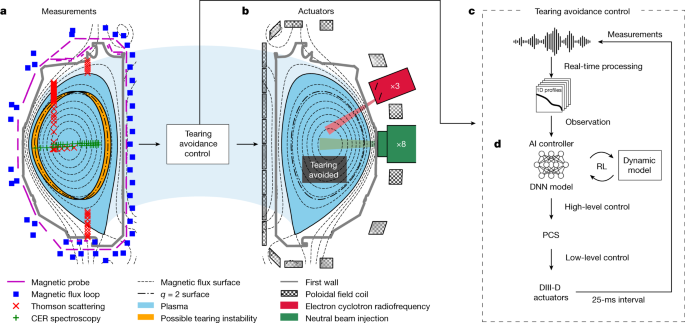2024-02-21 ペンシルベニア州立大学(PennState)
<関連情報>
- https://www.psu.edu/news/research/story/black-hole-center-milky-way-resembles-football/
- https://academic.oup.com/mnras/article/527/1/428/7326786
- https://iopscience.iop.org/article/10.3847/1538-4357/ab35e6
いて座A*の新しいブラックホールスピン値がアウトフロー法で得られる New black hole spin values for Sagittarius A* obtained with the outflow method
Ruth A Daly, Megan Donahue, Christopher P O’Dea, Biny Sebastian, Daryl Haggard, Anan Lu
Monthly Notices of the Royal Astronomical Society Published:21 October 2023
DOI:https://doi.org/10.1093/mnras/stad3228

ABSTRACT
Six archival Chandra observations are matched with eight sets of radio data and studied in the context of the outflow method to measure and study the spin properties of Sgr A∗. Three radio and X-ray data sets obtained simultaneously, or partially simultaneously, are identified as preferred for the purpose of measuring the spin properties of Sgr A∗. Similar results are obtained with other data sets. Results obtained with the preferred data sets are combined and indicate weighted mean values of the spin function of F=0.62±0.10 and dimensionless spin angular momentum of a∗=0.90±0.06. The spin function translates into measurements of the black hole rotational mass, Mrot, irreducible mass, Mirr, and spin mass–energy available for extraction, Mspin, relative to the total black hole dynamical mass, Mdyn. Weighted mean values of (Mrot/Mdyn) = (0.53 ± 0.06), (Mirr/Mdyn) = (0.85 ± 0.04), (Mspin/Mdyn) = (0.15 ± 0.04), Mrot = (2.2 ± 0.3) × 106 M⊙, Mirr = (3.5 ± 0.2) × 106 M⊙, and Mspin = (6.2 ± 1.6) × 105 M⊙ are obtained; of course (Mrot/Mirr) = (0.62 ± 0.10) since (Mrot/Mirr) = F. Values obtained for Sgr A∗ are compared with those obtained for M87 based on the published spin function, which indicate that M87 carries substantially more rotational energy and spin mass–energy relative to the total (i.e. dynamical) black hole mass, the irreducible black hole mass, and in absolute terms.
750個以上の活動銀河核と多重銀河ブラックホールについて、ブラックホールスピンと降着円盤磁場の強さを推定 Black Hole Spin and Accretion Disk Magnetic Field Strength Estimates for More Than 750 Active Galactic Nuclei and Multiple Galactic Black Holes
Ruth A. Daly
The Astrophysical Journal Published:2019 November 15
DOI:10.3847/1538-4357/ab35e6

Abstract
Black hole systems, composed of a black hole, accretion disk, and collimated outflow, are studied here. Three active galactic nucleus (AGN) samples including 753 AGNs and 102 measurements of four stellar-mass galactic black holes (GBHs) are studied. Applying the theoretical considerations described by Daly, general expressions for the black hole spin function and accretion disk magnetic field strength are presented and applied to obtain the black hole spin function, spin, and accretion disk magnetic field strength in dimensionless and physical units for each source. Relatively high spin values are obtained; spin functions indicate typical spin values of about 0.6–1 for the sources. The distributions of accretion disk magnetic field strengths for the three AGN samples are quite broad and have mean values of about 104 G, while those for individual GBHs have mean values of about 108 G. Good agreement is found between spin values obtained here and published values obtained with well-established methods; comparisons for one GBH and six AGNs indicate that similar spin values are obtained with independent methods. Black hole spin and disk magnetic field strength demographics are obtained and indicate that black hole spin functions and spins are similar for all of the source types studied, including GBHs and different categories of AGNs. The method applied here does not depend on any specific accretion disk emission model and does not depend on a specific model that relates jet beam power to compact radio luminosity; hence, the results obtained here can be used to constrain and study these models.



